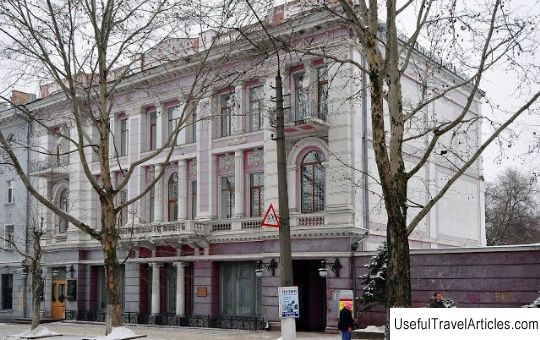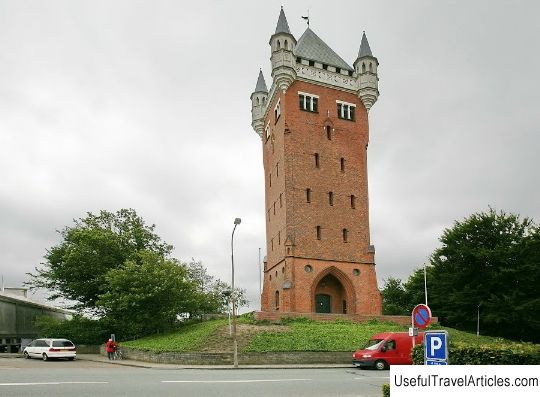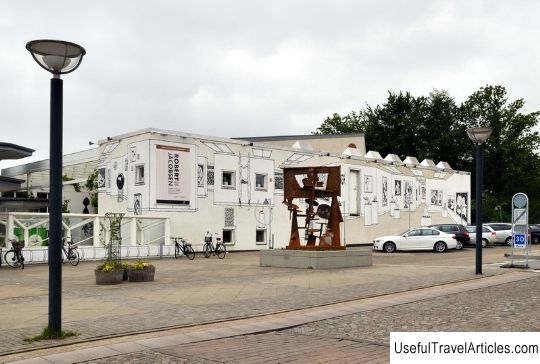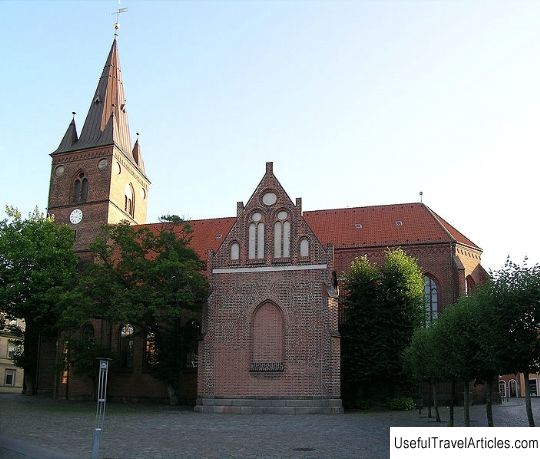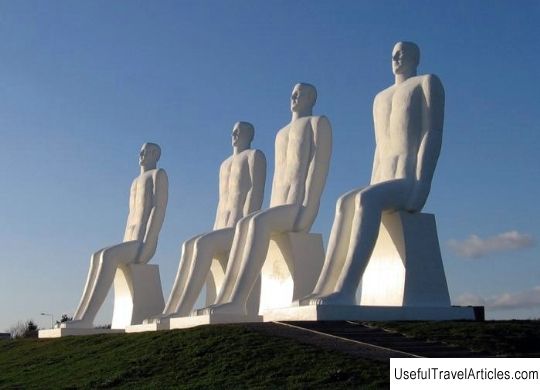Jerne Kirke church description and photos - Denmark: Esbjerg
Rating: 8,5/10 (2143 votes) 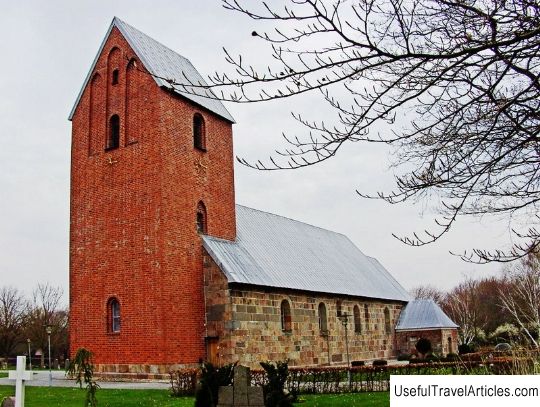
Jerne Kirke church description and photos - Denmark: Esbjerg. Detailed information about the attraction. Description, photographs and a map showing the nearest significant objects. The title in English is Jerne Kirke. Photo and descriptionThe Jerne Church is located two kilometers from the main railway station in Esbjerg. This ancient church was previously the religious center of a medieval village, and then became part of the city itself, founded in 1868. The church was originally consecrated in honor of St. Martin. It was built at the beginning of the 12th century and initially consisted only of the nave and choirs. The building is built of granite, while the original stonework stands out for its light color, while darker stones were added much later, during the restoration of 1891. The bell tower appeared in 1460, but in that in 1891 it was completely rebuilt - and this time from red brick. The sacristy was added even later - in 1740 and at first functioned as a funeral chapel. Its first level is built of dark granite, while the upper level is finished with red brick. The entire architectural complex is covered with a steep roof with slopes. After the Reformation of the 16th century, the city turned into Protestantism. At the moment, the church of Jerne is Lutheran, which is why it has lost its original name. Also in this regard, the walls of the building were completely whitewashed, during which the unique old frescoes were lost. In 1891, fragments of this painting were discovered, depicting only floral ornaments. It is not possible to restore them completely. It is believed that the frescoes were painted in the 16th century, on the eve of the Reformation. The choir room was completed only in 1460-1500, at the same time graceful vaulted ceilings were completed. The main altar of the church was made in 1653 in the Baroque style. It depicts scenes of Baptism, the Last Supper and the Passion of Christ, and the Crucifixion crowns this group. The most ancient detail of the interior of the temple is the baptismal font, completed simultaneously with the construction of the church. The pulpit is a late Gothic masterpiece and dates back to 1550. Many old tombstones dating back to the 18th century have been preserved in the cathedral itself and in the churchyard. The most ancient detail of the interior of the temple is the baptismal font, completed simultaneously with the construction of the church. The pulpit is a late Gothic masterpiece and dates back to 1550. Many old tombstones dating back to the 18th century have been preserved in the cathedral itself and in the churchyard. The most ancient detail of the interior of the temple is the baptismal font, completed simultaneously with the construction of the church. The pulpit is a late Gothic masterpiece and dates back to 1550. Many old tombstones dating back to the 18th century have been preserved in the cathedral itself and in the churchyard.     We also recommend reading Val di Noto description and photos - Italy: Sicily island Topic: Jerne Kirke church description and photos - Denmark: Esbjerg. |
